Below is Jon Dovey’s response to the first ambient literature research team meeting. Tom Abba and Amy Spencer also provide reflections on the meeting.
* * *
At a meeting at the Pervasive Media Studio yesterday, Ian Gadd gave us his first overview of how his particular field of research touches on the Ambient Literature project. Part of Ian’s research profile is into the history of the book – he introduced Leslie Howsam’s (1) idea that a book is how people give material form to knowledge and history. He offered Howsam’s excellent framework as a way that we might be able to test our ideas about how Ambient Literatures are constituted. Taking Howsam’s aspects of the book, Ian ran through several great historical examples that made this connection explicit:
To start, books can be understood as a text, which may have specific relationships to place, such as John Stow’s 1598 Survey of London, a kind of proto ambient heritage text that offered readers a situated experience of Tudor London’s history.

More than just a text, books are material objects which may invite disruptive readings through its design, e.g. the 1662 Premonition to all the People that used complex typesetting to convey its argument and ideas or William Sherwin’s 17th Century republican allegorical typography in Key of the Doctrines.
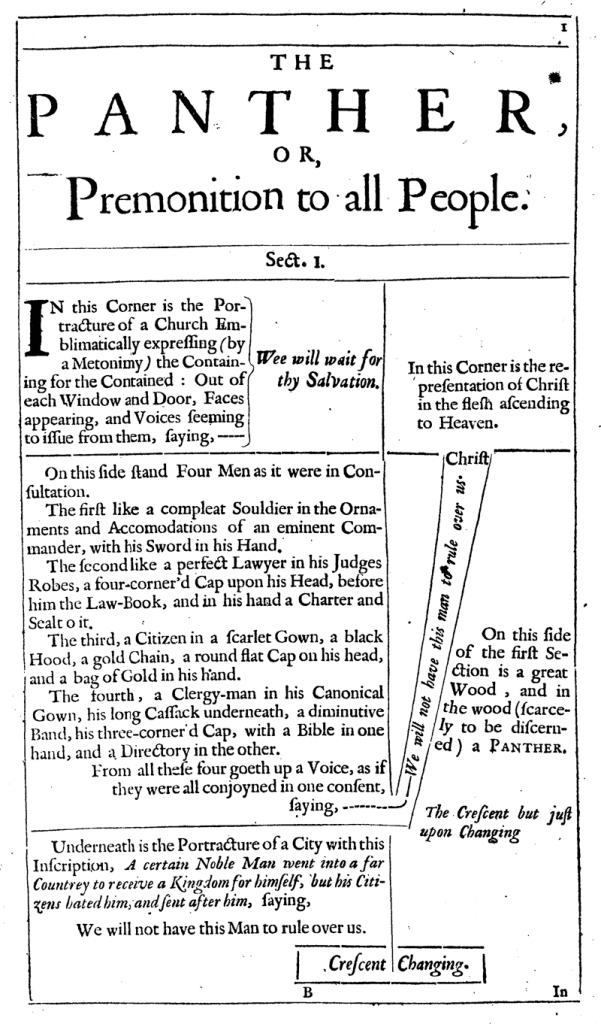

With this kind of innovative work, the book is more than just an object and comes to be a form of cultural transaction, something particularly evident in the way that Sherwin offered to explain how to read his text for a small fee.

Finally, Ian offered the idea of the book as an experience, haptic and material, sensible, audible and seeable. Via a short history of the practice of dog-earing, Ian showed how the materiality of the experience is a key part of the way the book has been used.
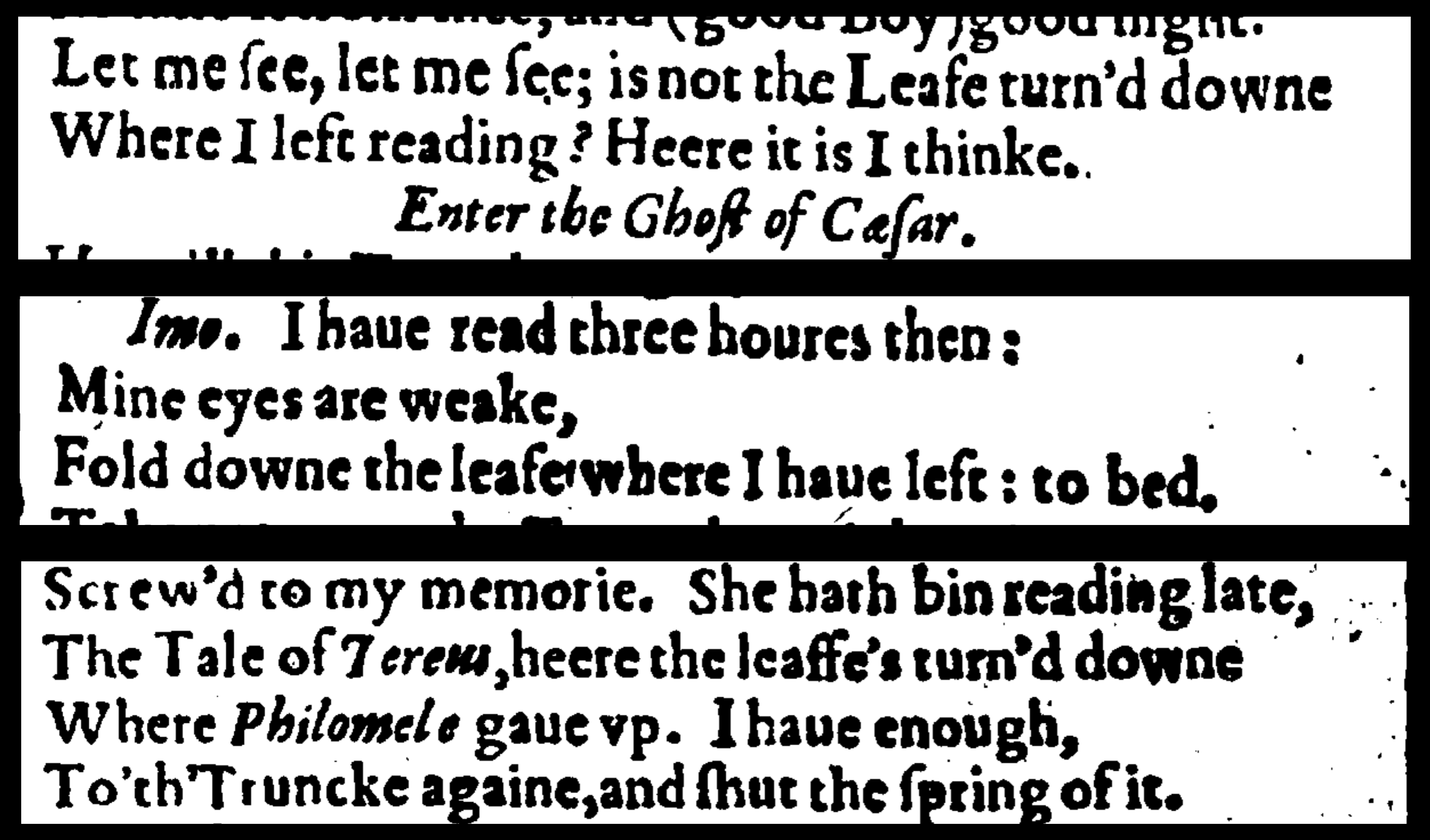
Following on these examples, Ian touched on the rich (but limited) literature of ‘being there’ – ranging from MacCauley’s reading of Thucydides’s account of battle fields through to, for instance, Anne Fadiman’s excellent ‘You Are There’ essay on the subject (in her collection Ex Libris).
Whilst these material elements constitute meaning and experience Ian also introduced examples of text in novels that address the material status of the codex itself such as when Jane Austen, in discussing the climax of the story speaks to readers directly, noting ‘the tell tale compression of the pages before them’ at the end of Northanger Abbey as readers reach the last few pages of the book. For the Ambient Literature research team, this example prompted a useful discussion about other instances, especially in drama, where the reader is taken out of the real world and into the story world at the beginning of a play (and conversely at the other end) – these liminal moments are when the text can reference its own situatedness.
I took two ideas away with me from Ian’s rich approach. The first is that we are trying to turn the cultural history of the book inside out. The material history and practice of the book has been to offer a portable gateway to other worlds – no matter where we are the form of the book and its reading signifies our entry into the world of the story and our absence from the physical site of the reader. We however seek to produce texts that precisely draw attention to the reader’s situation by making their world the stage for the story.
The second is Ian’s observation that where we can find examples of this material reflexivity in the text itself they exist either in moments of political and cultural disruption (the English Republic of 1649 – 1660) or in the consciously experimental practices of movements such as Oulipo. It seemed as though we may be living through a different form of disruption dominated by the technocultural implications of ubiquitous computing. Further research will follow up the homologies between political, experimental and technological forms of experimentation.
–Jon Dovey
(1) Howsam, L. (Ed.). (2014). The Cambridge companion to the history of the book. Cambridge University Press.


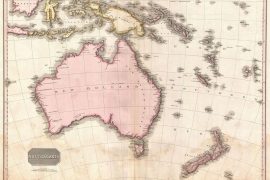

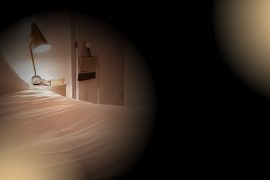

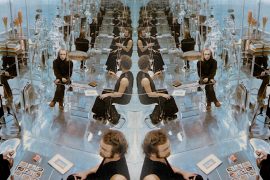
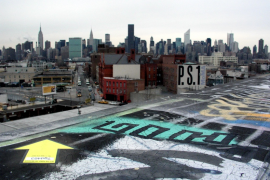
Comments are closed.